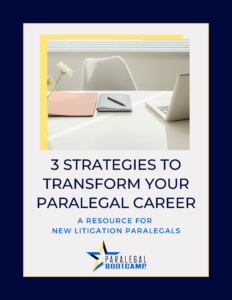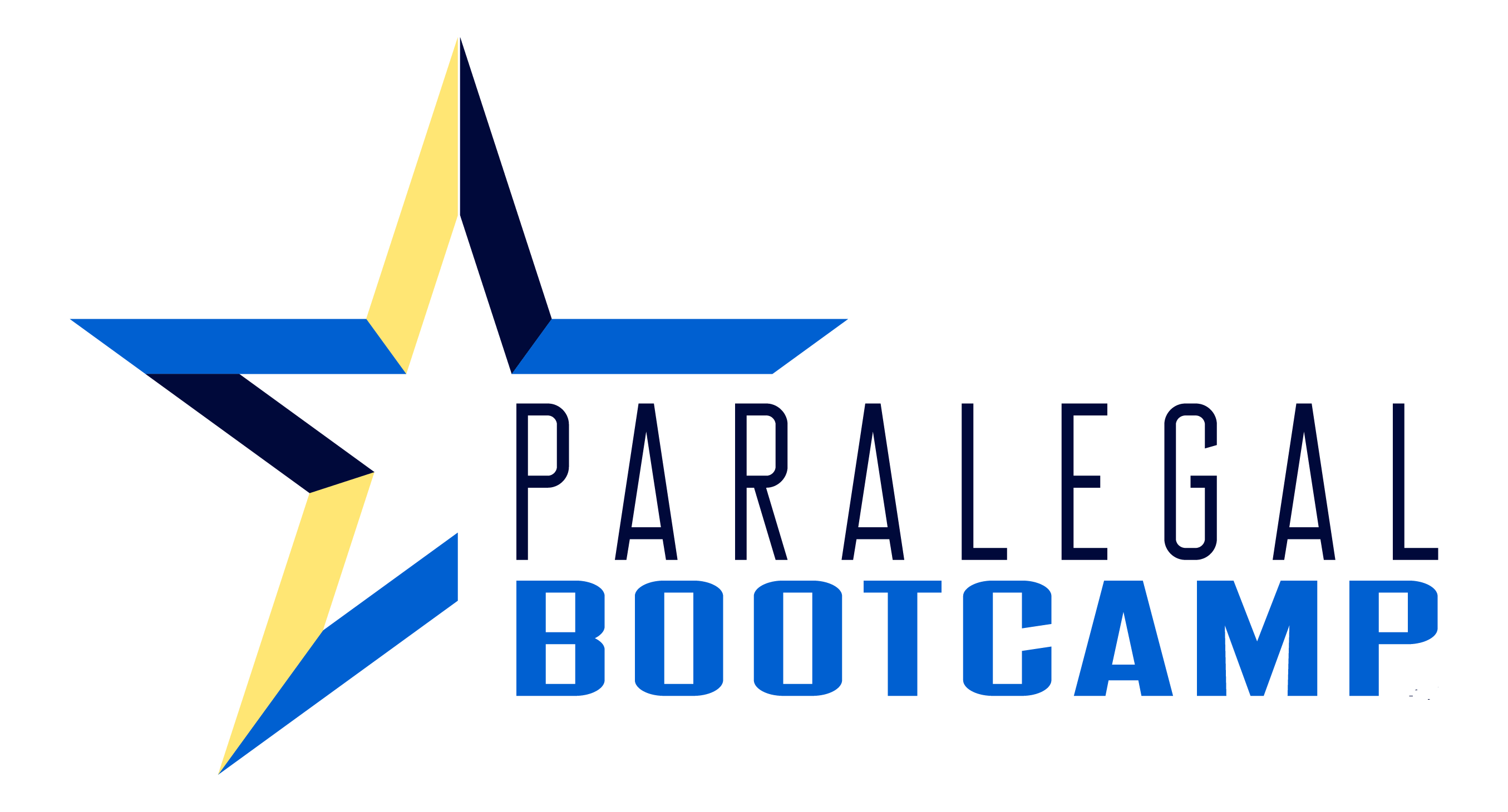Warning: Summarizing Depositions Can Be Time-Consuming!
Preparing a deposition summary (a/k/a digesting a deposition transcript) can be time-consuming for a litigation paralegal and costly to the client. For a typical 200-page deposition transcript, it can take a litigation paralegal more than 8 hours to summarize one deposition transcript, depending on a few factors, such as:
-
- The complexity of the case
-
- Whether the deponent is a lay witness or an expert witness
-
- The type of deposition summary you are preparing
-
- Your knowledge of the case
-
- Your prior experience summarizing deposition transcripts
Now imagine if you have to summarize 20 deposition transcripts.
Ask yourself, what value is that deposition summary actually adding to the case?
To help you get to the answer, ask what will the deposition summary be used for?
Back in the 1990s, we didn’t have the technology to full-text search deposition transcripts or online repositories to search across all of the deposition transcripts. At the time, deposition summaries were the only tool to find relevant testimony quickly.
Fast forward, and we now have the litigation technology that allows us to full-text search across all of our deposition transcripts, deposition exhibits, and more. Yet, when I talk to paralegals around the country who attend my Litigation Paralegal Boot Camp, many paralegals tell me that even in 2020 and beyond, their attorneys still insist on digesting deposition transcripts. If you are still summarizing deposition transcripts, you’re in the right place!
If you do have to prepare a deposition summary, this Fast-Track Tip will help.

Litigation Paralegal Tip:
Make sure you know whether or not the deposition summary will add value to the case. Ask: what is the objective of this project?
Industry averages show that an experienced litigation paralegal can summarize approximately 20 – 25 pages of deposition transcript per hour, depending on the following factors:
-
- The complexity of the issues discussed in the deposition
- The type of witness (lay vs. expert)
- The paralegal’s experience level
- The paralegal’s working knowledge of the case
- Whether or not the paralegal was dictating or typing their own summary
- The type of summary being prepared (Page/Line Summary, Page Summary, Issue Summary)
Cost of Digesting a Deposition Transcript
| Hourly Rate | At 20 pages per hour | At 25 pages per hour |
|---|---|---|
| $100 | $1,000 | $800 |
| $120 | $1,200 | $960 |
| $140 | $1,400 | $1,120 |
| $160 | $1,600 | $1,280 |
| $180 | $1,800 | $1,440 |
| $200 | $2,000 | $1,600 |
| $220 | $2,200 | $1,760 |
It doesn’t seem like that much money in the grand scheme of things in a significant litigation matter, but if the deposition summary isn’t adding any value to the case, then it’s wasted time and money. This is especially true if you have the technology to do full-text keyword searches across all deposition transcripts. The exception might be an Issue Summary, which is one of the methods that we will cover in this article.
Ask yourself: are there less costly ways to achieve the same objective?
A Paralegal Resource For You

Free Strategy Guidebook for
New Litigation Paralegals
Are you ready to fast-track your litigation paralegal career?!
Our free guidebook reveals three powerful strategies that will set you up for success in your journey. If you’re ready to seize this opportunity and thrive as a litigation paralegal, sign up below, and get started now!
3 Deposition Summaries Examples
Deposition Summary Example 1: Page/Line
The most common method of summarizing a deposition transcript is the Page/Line Summary. It is also the most time-consuming method. In the Page/Line Summary, you identify the Page/Line range of testimony from each deponent. In a well-drafted summary of this kind, you should keep in mind that the rule of thumb is no more than 1 page of summary for every 5 or more pages of testimony. Otherwise, you could be putting too much information in the deposition summary.
A Page/Line identification looks like this:
45:10 – 50:3 (the testimony starts at line 10 on page 45 and ends at line 3 on page 50).
Using a Word table with two columns is the preferred method. It might look something like the format of the table below.
| 45:10 – 50:3 | He was present in the company cafeteria on January 12, 2019, and heard Smith make comments to Jones. He remembers hearing Smith say “you’re going to do what I told you or you might be fired.” |
| 50:4 – 50:21 | Objections and attorney arguments. |
| 50:22 – 53:6 | He worked directly for Smith as a project manager. |
| 53:7 – 54:9 | He was not present during the alleged yelling match between Smith and Jones. |
PARALEGAL PRO TIP: If this is your first time preparing a deposition summary and you have not worked with the attorney much, ask the attorney if they prefer using first-person or some other reference to the deponent.
Because the Page/Line Summary can be pretty detailed and lengthy, you might find it helpful to separate out some of the key testimony whenever possible with a different font or different section headers.

Deposition Summary Example 2: The Page Summary
The Page Summary is one method to summarize deposition transcripts that takes the least amount of time. Usually, when you’re doing a Page Summary, it’s because someone needs to read the transcript in its entirety to get familiar with the case. While doing so, it captures the testimony basics to easily refer back to sections of the transcript.
Before the technology was available to full-text search a transcript, this method was useful for finding the general page range of where particular testimony was within the transcript (and allow you to go to the deposition transcript to read the actual testimony).
The main idea behind this Page Summary method is that if someone is looking for specific testimony, they are going to want to read the transcript section that discusses that topic in its entirety rather than reading a summary of the testimony, so there is no need to do a detailed deposition summary.
This summary below would give someone enough information to know if they wanted to read the testimony about what happened during the “cafeteria incident” then they would want to start at page 40 of the transcript.
| Page Range | Summary of Testimony |
| 40 – 50 | He was present during the cafeteria incident. |
| 50 – 53 | He reported to Smith. |
| 53 – 54 | He was not present during the yelling match. |
| 55 – 58 | His education and work history. |
Deposition Summary Example 3: The Issue Summary (Option 1)
This type of deposition summary is most helpful when used in a fact-specific case, such as labor & employment cases. With an Issue Summary, you are not summarizing in numeric order by page like the other formats. Instead, your summary is divided into the key issues in the case.
With the issue summary method, there are two different options. This table identifies the issues in block format and lists the testimony underneath. Compare this method to the other option below.
| Issue | January 2019 Incident in the cafeteria |
| 45:10 – 50:3 | He was present in the company cafeteria on January 12, 2019, and heard Smith make comments to Jones. He remembers hearing Smith say “you’re going to do what I told you, or you might be fired.” |
| 101:3 – 102:21 | He recalls seeing several other employees in the cafeteria who might have also heard Smith’s comments. He does not recall all of their names but does remember Ellen Price and Jay Gallagher were there. |
| Issue | February 2019 Incident on 4th Floor |
| 53:7 – 54:1 | He was not present during the alleged yelling match between Smith and Jones. |
| 120:6 – 123:15 | In March of that year, Smith approached him to discuss the yelling match and get his opinion on what was happening with the boss. |
The Issue Summary Option 2
You can take the Issue Summary one step further by combining all of the deposition testimony into one summary chart similar to the one below. It makes it easy to compare what each witness testifies about each issue.
| Issue | Witness 1 (name) | Witness 2 (name) | Witness 3 (name) |
| January Incident in Cafeteria | Heard the entire argument (45:10 – 50:3) | Was not present; absent from work that day (26:1 – 27:9) | Did not personally hear it; was later told about it from Smith. (63:4 – 65:20) |
| February Incident on 4th Floor | Was not present; did not hear it. (53:7 – 54:1) | Was in the nearby restroom when he heard the yelling (43:8 – 48:7) | His office is on the 4th floor near where the incident took place; he heard and saw the entire incident. (87:5 – 91:6) |
Before choosing the appropriate deposition summary for your case, be sure to understand the technology that is available that might eliminate the need to spend all of that time summarizing all of those transcripts. We are strong advocates for paralegals being the master of technology on their team.
Finally, communicate with the attorney before getting started so that you are both on the same page of what the preferred method is, how long the project will take, how much the project will cost, and alternatives that could save the client money.
Litigation Paralegal Boot Camp
Are you tired of being the Panic Mode Paralegal who spends your days playing whack-a-mole with last-minute rush projects because you’re waiting for someone to show you what it takes to be great litigation paralegal?
This is the only program of its kind that provides litigation paralegals with all of the tools to master litigation cases from the complaint through the trial, and everything in between.
You will be the Confident Case Strategist faster than you ever imagined possible.

Meet the Author

Ann Pearson is the Founder of the Paralegal Boot Camp, and host of the Paralegals on Fire! Podcast Show, and passionate about promoting the paralegal profession.
Ann spent 20 years working as a paralegal manager and a litigation paralegal before opening the Paralegal Boot Camp in 2010.
Ann’s training programs focus on adding immediate value to a paralegal’s career and bridging the gap between what a paralegal learns in school and what they actually do on the job.
Visit the About Us Page to learn more about why Ann started the Paralegal Boot Camp.

























